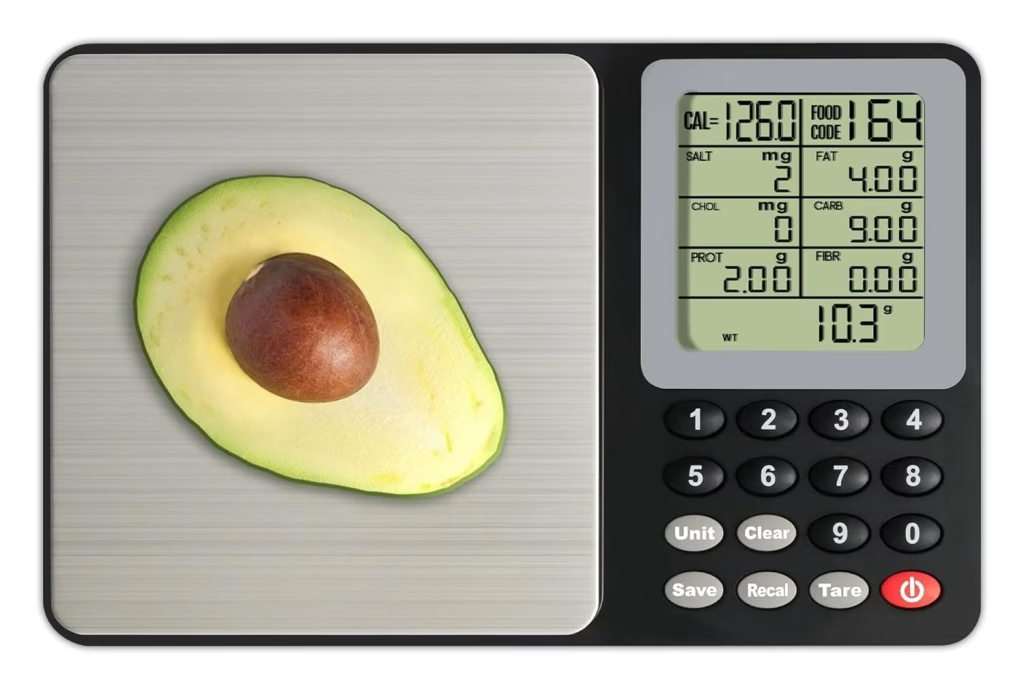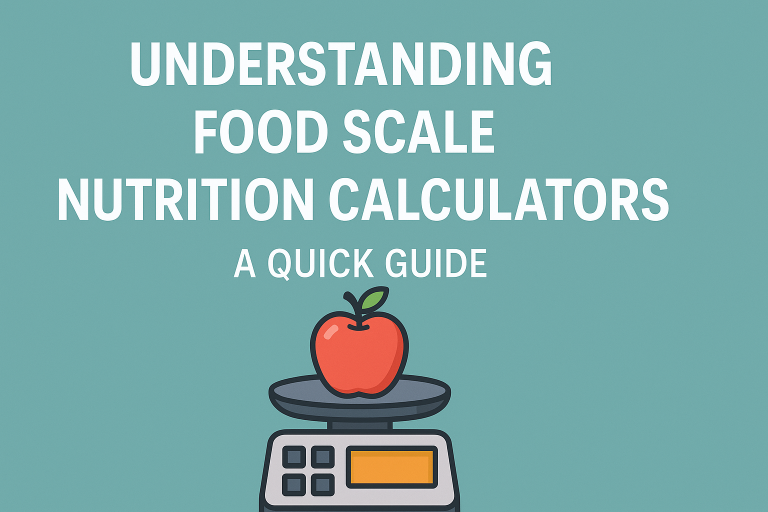Trying to eat healthier but not sure what’s really in your food? A food scale with a built-in nutrition calculator might be just what you need. These tools make it simple to see how many calories, grams of protein, or vitamins are in what you’re eating—right down to each bite.
No more guessing or squinting at food labels. With the right tool, you’ll have accurate info right at your fingertips. It’s like having a small food coach on your kitchen counter. Whether you’re planning meals or just watching what you eat, this guide will help you get started.

Credit: www.alibaba.com
What Are Food Scale Nutrition Calculators?
A food scale nutrition calculator is exactly what it sounds like—a digital scale that also shows you nutrition info. It weighs your food and tells you things like how many calories, how much protein, or how many carbs are in that portion.
These tools are popular with people who want to eat better or keep track of what they’re eating. They’re easy to use, give fast results, and help take the guesswork out of meal planning.
You can use one to see how much protein is in a piece of chicken or how many calories are in that apple. It’s a simple way to stay on top of your health without making things complicated.
Benefits Of Using Nutrition Calculators
There are plenty of upsides to using a food scale with a nutrition calculator. First, it gives you accurate numbers. You’ll know exactly how much you’re eating, which helps when you’re trying to make smart food choices.
These devices also make it easier to plan meals. Instead of guessing, you can put together meals that fit your diet goals. No more measuring by eye or second-guessing portion sizes.
If meal planning feels like a hassle, a nutrition calculator can save you a ton of time. You’ll know what to eat each day, and even grocery shopping becomes easier when you already know what you need.
How Food Scale Nutrition Calculators Work
There are two main types of kitchen scales—digital and analog. Digital scales show numbers on a screen and are usually more accurate. Analog scales have a dial with a needle that points to the weight. They’re simple and don’t need batteries, but they can be harder to read and a little less precise.
Many digital models go a step further. They can connect to your smartphone using an app. With the app, you can track what you eat, store past meals, or even get recipe ideas based on what you’ve logged. Some let you scan barcodes on food packages to see the nutrition info instantly. It’s a super helpful tool for anyone trying to eat better without doing all the math.
Choosing The Right Nutrition Calculator
When picking a food scale with a nutrition calculator, there are a few things to keep in mind. First, it needs to be accurate. You want numbers you can trust. Look for a scale that’s easy to use, with clear buttons and a screen that’s simple to read.
If you travel or like to cook in different places, a compact design is helpful. Some scales are super slim and can fit in a drawer or bag. You’ll also want something that lasts—so check what the scale is made of. A sturdy one will hold up over time.
Battery life matters too. A longer-lasting battery means less hassle with charging. Some models even connect to your phone, which can be handy if you like using apps to track your meals. And don’t think you have to spend a lot. There are budget-friendly options that still work great. Focus on what features you’ll actually use, and skip the extras you don’t need.
Tips For Effective Use
To keep your scale working right, it needs to be calibrated. That just means checking if it’s measuring correctly. Try doing this once a month. Most scales come with instructions, and it only takes a minute or two.
If you’re serious about tracking your meals, get in the habit of weighing your food daily. You can jot it down in a notebook or use an app—whatever works for you. After a while, you’ll start to notice patterns, and that makes it easier to adjust your eating habits.

Credit: www.amazon.com
Common Mistakes To Avoid
A lot of people forget to calibrate their scale, and that can throw off the numbers. If the scale isn’t set right, you could be eating more—or less—than you think. Always check if it needs a reset, especially if your measurements seem off.
Another thing to watch is the measurement units. Make sure you’re using the right one—grams, ounces, or pounds—before you start. And pay attention to the decimal points. Even a small difference can mess up a recipe or your calorie count. If the display is hard to read, try using better lighting and double-check your numbers before you cook.
Future Of Nutrition Calculators
These tools are getting smarter every year. Some of the newest models use artificial intelligence to learn from your eating habits. That means they can give more personal tips based on what you actually eat.
The future is looking more personalized, too. Instead of just showing numbers, some calculators can suggest foods that match your goals—whether you want to lose weight, build muscle, or just eat cleaner. You’ll get meal ideas and nutrition info tailored to your body and your lifestyle. It’s like having a little nutrition coach that’s always learning and helping you do better.
Frequently Asked Questions
Q: How do I read my food scale?
Put your food on the scale. Make sure it’s zeroed out first. Then, just read the number on the screen. If you want to switch between grams, ounces, or pounds, hit the unit button.
Q: How do I measure food correctly?
Start by placing an empty container on the scale. Zero it out. Add your food to the container. Whatever number shows up is the weight of your food. Make sure you’re using the right unit for your recipe or diet.
Q: What does a food nutrition scale do?
It weighs your food and gives you nutrition details. Some let you enter the food name or scan a barcode. Then it shows calories, protein, fat, and more. It’s a super helpful tool for keeping your meals on track.
Q: How do I count calories with a food scale?
Weigh your food. Then look up how many calories are in each gram using an app or website. Multiply the weight by the calories per gram. That gives you the total. Do this for each item, and you’ll have a full calorie count for your meal.
Conclusion
Using a food scale nutrition calculator helps take the guesswork out of eating. These tools show you exactly what’s on your plate, so you can make better choices every day.
They’re easy to use, save you time, and give you confidence in your meals. Whether you’re trying to lose weight, eat healthier, or just be more mindful, a good food scale can make all the difference.
With clear info and consistent tracking, you’ll feel more in control of your diet. And that’s a great step toward living healthier—without making things harder.
Reference:
- Calorie Control Council, Available at https://caloriecontrol.org/
- Healthline, Available at https://www.healthline.com/nutrition/does-calorie-counting-work
- Renpho, https://renpho.com/blogs/wellness-fitness-blog/fact-or-fiction-can-food-scales-really-measure-calories



